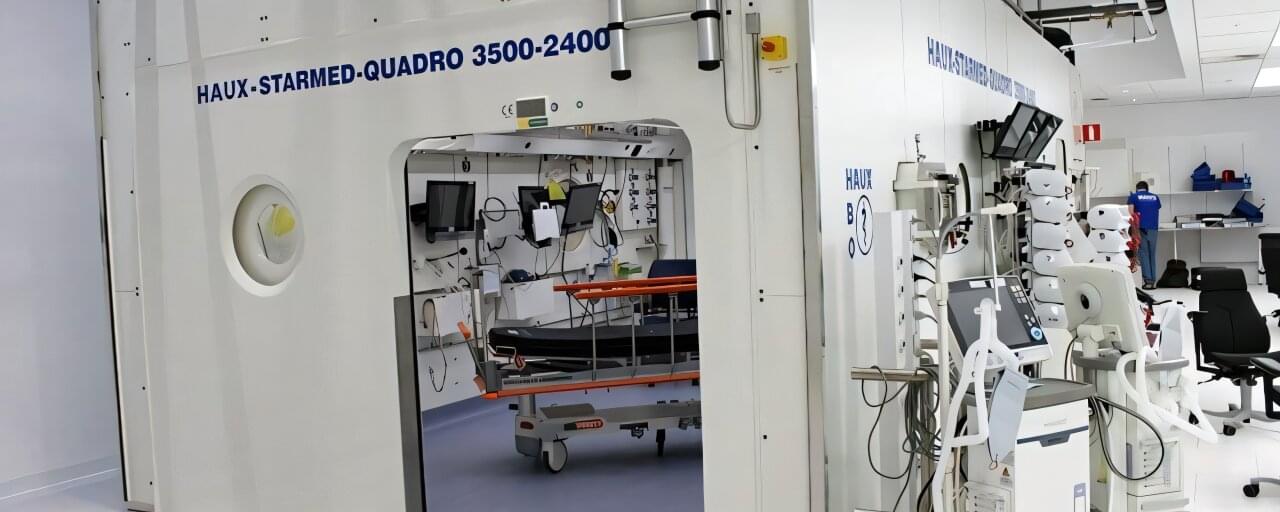Huawei has approached some Chinese tech companies about testing a new chip, called the Ascend 910D, which it hopes will be more powerful than Nvidia’s H100, The Wall Street Journal reported.
Get the latest international news and world events from around the world.
The Universe Might Be Made Entirely Of “Points”
Main episode Julian Barbour: https://youtu.be/bprxrGaf0OsAs a listener of TOE you can get a special 20% off discount to The Economist and all it has to offer…

Probabilistic alignment of multiple networks
Network alignment is a fundamental problem in several domains that aims at mapping nodes across networks. Here, the authors develop a probabilistic approach that assumes that observed networks are errorful copies from a blueprint. The method samples the distribution of alignments, improving accuracy and enabling potential applications.

Smallest artificial heart implanted in young boy
Chinese doctors have successfully implanted the world’s smallest and lightest artificial heart that uses magnetic levitation technology into a 7-year-old boy, giving him more time to wait for a heart transplant.
Weighing 45 grams and measuring just 2.9 centimeters in diameter, this tiny device is the size of a regular plastic water bottle cap and is about half the weight of the smallest maglev-powered heart pump designed for adults.
The Union Hospital affiliated to Tongji Medical College at Huazhong University of Science and Technology in Wuhan, Hubei province, said on Tuesday that the boy is now in stable condition and awaiting further treatment, following the operation which was carried out on March 30.




Hyperbaric oxygen treatment helps cancer patients reclaim normal life after radiation side effects
Hyperbaric oxygen treatment provides long-term relief for patients suffering from late radiation-induced injuries after treatment of cancer in the lower abdominal area. Five years after hyperbaric oxygen therapy, the positive effects remain. This has been shown in a study conducted at the University of Gothenburg.
Radiation therapy is a component of many cancer treatments in organs such as the prostate, colon, ovaries and cervix. While tumor cells are destroyed, 5%–10% of patients experience severe side effects due to healthy tissue being affected by the radiation therapy.
Symptoms may include urinary incontinence, bleeding and severe pain in the lower abdomen that becomes both physically and socially disabling. These problems can occur several years after radiation therapy and cause chronic and increasing discomfort.

